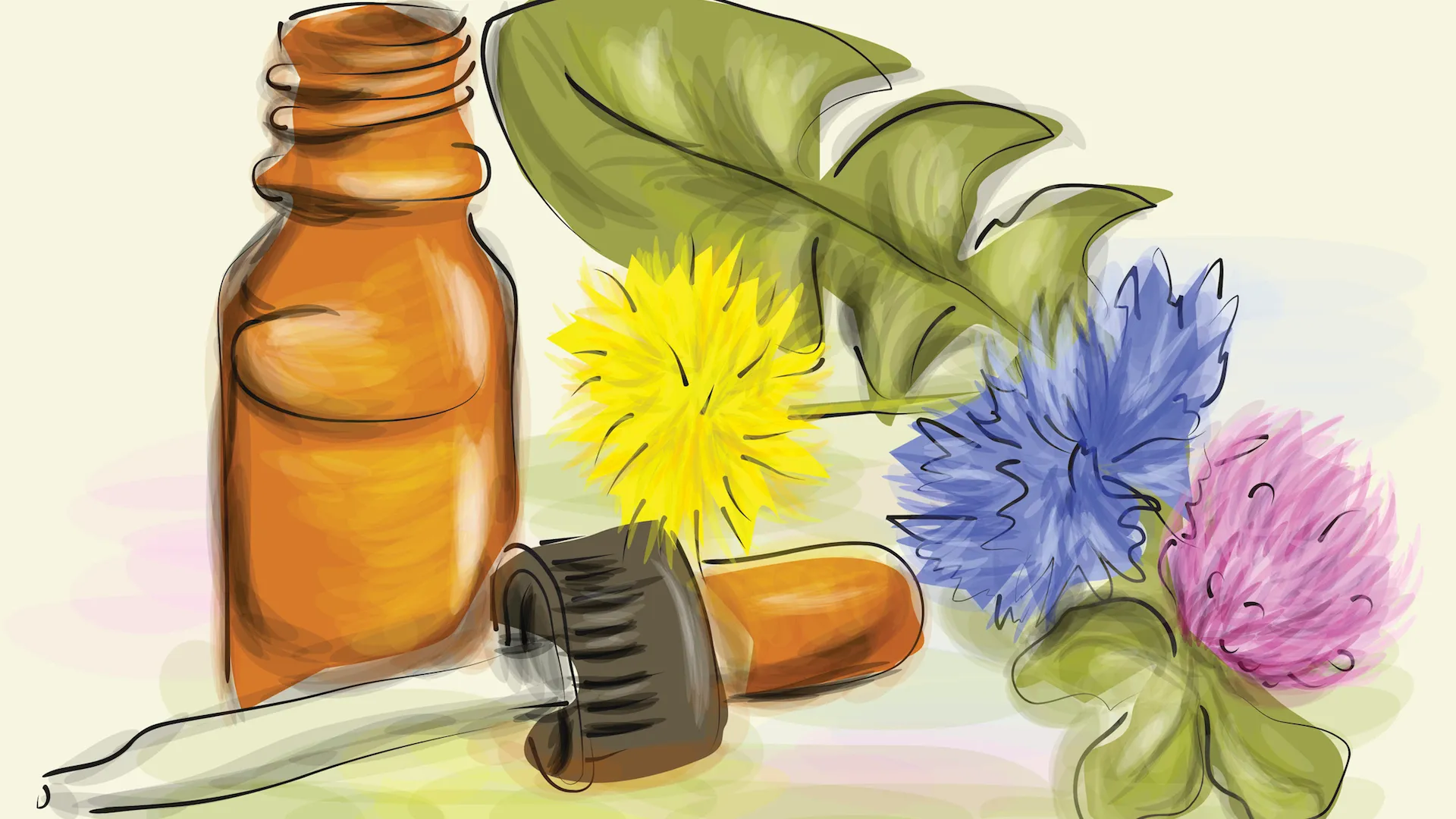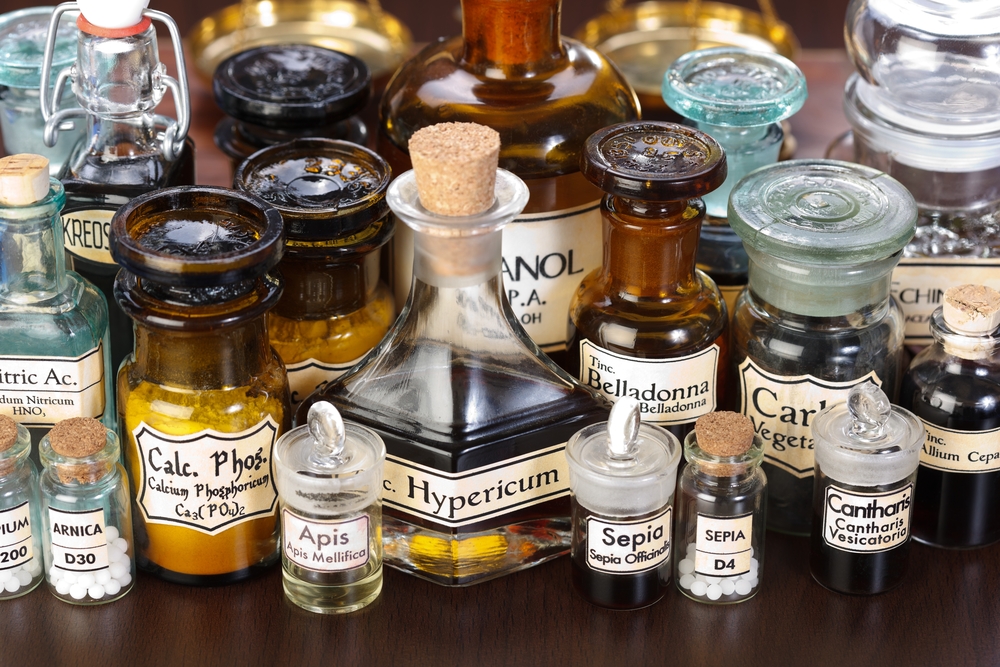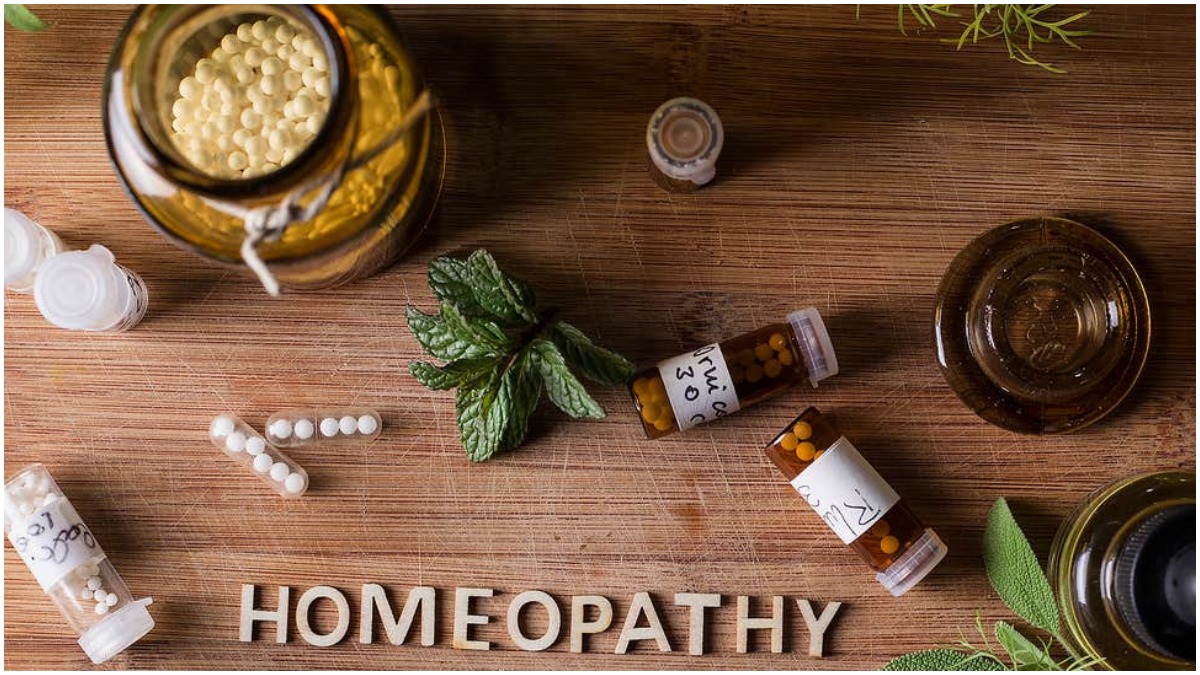By Frangiska Mylona,
The “like cures like” theory or “similia similibus curentur” is the foundation of homeopathy which was introduced in 1796 by the father of homeopathy, the German physician Samuel Hahnemann, although homeopathic techniques were even reported to have been used at the time of Hippocrates also known as the father of medicine.
Today, Western (modern) medicine techniques seem to be primarily used to treat and support patients with acute to chronic illnesses. However, some physicians may tend to embrace the power of homeopathy in order to cure their patients even though there is a significant amount of disagreement regarding these approaches.
Taking all of that into consideration, my willingness to learn more and dive into the meaning of homeopathy was eventually triggered by the thoughts of an intelligent professor who was teaching the subject of pharmacology. Even though he had full confidence in modern medicine, he suggested that homeopathy might also be proven useful, especially for patients who suffer from chronic illnesses because they are experiencing severe side effects due to the drugs they have to consume.

To understand what homeopathy is, it must first be defined as a concept. Therefore, homeopathy derives from the Greek words όμοιον (= same) and πάθος (in this case, it means similar pathology) and is an alternative medical approach that focuses on the treatment and alleviation of diseases based on holistic methods with the use of raw and natural materials following the motto ‘’like cures like”.
As every field, involving and including medicine, needs to be based on some crucial anthropocentric principles, so does homeopathy which focuses on some essential principles that are analyzed below:
- Every person has a special living and specific personality
- Every human being must be treated as a united psychosomatic entity. They must not be viewed as isolated organs, systems, or diseases since they possess not only a body but also a mind
- Hippocrates supported the motto ‘’Benefit, do not harm‘’ and this principle is applied in homeopathy along with the aid of nature
- Lastly, collaboration with doctors and physicians (no matter which therapeutic technique they use) is an essential component of the final therapy in order to be successful.
Apart from the general principles, some therapeutic concepts should be followed when practicing homeopathic techniques including:
- Individualization includes the selection of drugs according to the patient’s symptoms and illness
- The promotion of self–healing by using a minimal dose of the drug
- The assessment of a patient according to the totality of their symptoms.
For the preparation of drugs, raw natural materials are combined with minerals and pharmaceutical plants. Also, homeopathic medicines are based on the dilution technique which will ultimately transform them into highly effective drugs also known as the ‘’potentisation” process. It was traditional to make these medicines based on books that described the steps for creating remedies but nowadays they are mainly available in homeopathic pharmacies, especially in Greece!

The experience a patient receives from homeopathic therapy is said to be divided into three parts:
- The initial medical interview. In this first approach, medical history plays an integral role since the questioning is said to be more thorough regarding the factors that influence the disease ranging from the weather, and allergies, to mental functioning such as memory. Homeopathy focuses on the pattern of symptoms and on the factors that trigger the symptoms to determine the most appropriate medicine.
Along with this extensive medical history, the patient is required to perform physical and laboratory examinations to have a complete diagnosis.
- The matching with the remedy; a suitable remedy is selected by studying remedy pictures in the homeopathic literature, sometimes with a computer or a repertory (index of symptoms). After the remedy is determined, it will be produced in an appropriate dosage and interval. Also, it will be usually very diluted and may be given infrequently leading to its ultimate goal; the natural healing of the body. Most often, combination remedies are used in over-the-counter preparations. The concept behind this approach is to give a combination of remedies that are most likely to have a therapeutic effect on the patient rather than spending time determining which medicine is most appropriate for their specific disorder. They are used when there is an unclear picture of an illness where the individual remedy cannot be chosen, although most homeopathy practitioners prefer the individualized single remedy.
- Letting healing occur; once the self-healing response is elicited, the classical homeopathic approach allows the process to continue without any interference. For example, the frequent repetitions of the remedy are considered to provoke more unwanted responses. The philosophy is based on natural healing so in practice, if the therapy is successful the physician will reduce the frequency of the medication or discontinue the treatment. The treatment may need to be reapplied only if the issues return or if the improvement is ceased. Unlike conventional medicine which posits that continuous administration of a drug is necessary to maintain therapeutic effects, homeopathy takes this different approach.
Even though homeopathic techniques remained frozen for more than 200 years, they are now beginning to enter everyday life. Nowadays, it is spread around the world and it is intermixed with different cultures as well as it is not tightly regulated by medical organizations or governments. All these have contributed to this approach to take its final morphology and to be defined into three main types:
A) The classical approach contains the idea that a single similar remedy will bring improvement or cure that the minimum dose is needed to stimulate a self-healing response and that the physician should observe the totality of symptoms to assess the response to the treatment. This classical part involves two other approaches:
- The first one is called the clinical or complex approach and it applies homeopathic remedies to conventional disease classifications or pathology. As a result, it uses as a guide a few symptoms of the disease to match a given remedy, resulting in the use of several medications at once, repeatedly.
- The second one seeks to incorporate the causes of disease and biological processes into the homeopathic method. This approach is called isopathy and it is actually very intriguing. These homeopathic remedies in a literal sense follow the principle ‘like cures like’ or better said, “identical to the disease”. This is because they can be made from the blood, urine, or tissue of patients with various diseases, even treating allergies with the allergen itself in small amounts! A variation of this approach is called homotoxicology.
Homotoxicology refers to the concept of serial dilutions of substances involved in cellular mechanisms prepared in a homeopathic manner and used to regulate disease. An example is the dilution of the hormone ”thymulin” to influence the function of white blood cells.
B) Electrodiagnostic methods; this method uses machines like electrodermal screening or electroacupuncture according to Voll (EAV) devices measuring the electrical resistance of the skin to help select the remedies that will be given. Nevertheless, this approach is not widely accepted or applied in many countries.
C) Mixed-up approaches; these are a variety of alternative healing systems that have embraced the dilution and potentization process and combined it with treatments such as herbs, cellular extracts, etc…

As the essence of homeopathy is analyzed, it is helpful to list examples of substances that are used in remedies and for which pathology is applied. The substances mentioned above should not be prepared by people who are not specialists in making remedies, and the substances are reported merely for the sake of the general idea of the medicines that are used:
- Substances used in remedies for falls blows, and bruises; Arnica Montana (Leopard’s bane). Ledum (Marsh Tea); is indicated when the injured part is cold, pale, and numb
- Substances used in remedies for sprains, strains, and dislocations; Arnica montana (Leopard’s bane), Rhus Toxicodendron (Poison ivy); used for hot, injured, swollen, and painful joints
- Substances used in remedies for burn/sunburns; Cantharis (made from Spanish fly); used especially in sunburns, it can also be used as an aphrodisiac. Causticum (Acrid potassium salts); is used for burns that do not heal properly
- Substances used in remedies for colics; Chamomilla (German chamomile), Colocynthis (Bitter cucumber)
- Substances used in remedies for teething; Chamomilla (German chamomile), Belladonna.
The above were some examples of the substances and the cases in that they are used. There is a whole spectrum of different diseases and disorders that it seems to assist ranging from acute to chronic illnesses, from children to women in menopause, etc… However, some oversensitive patients may experience symptoms such as dizziness, stomach pain, fatigue, and other very severe reactions. That is why these patients should be supervised by a healthcare practitioner who can manage these adverse reactions.
Therefore, it is crucial to be cautious about who to trust when trying homeopathic remedies. It is advisable to always seek a licensed person that can perform this approach with safety and efficiency especially if someone is suffering from a chronic or serious illness. Moreover, when major anatomical changes occur during a disorder or trauma, homeopathy should be used as a complementary or supportive approach to other more conventional therapies.
From my point of view, homeopathy can be a very pleasant and unique approach when facing an illness and seeking support and treatment. Specifically, its anthropocentric character and its natural alleviation effects may be of great assistance. Someone needs to consider that patients undergoing copious therapies such as chemotherapy or consuming drugs that have serious side effects need substances that can mitigate the pain. This will enable the body to start healing more naturally.
Medical professionals should be more unprejudiced towards approaches that seem helpful and differ from conventional medicine. They should use Western modern medical techniques as a guide and homeopathy as a primary healing aid. Ultimately, the goal of every physician should be the patient’s health and well-being.
References
- Dr. Athos Stavrou Othonos (Homeopathic Medical Doctor). An Introduction to Homeopathic Medicine Philosophy
- Wayne B.Jonas & Jennifer Jacobs. Healing with Homeopathy ; The doctor’s guide




